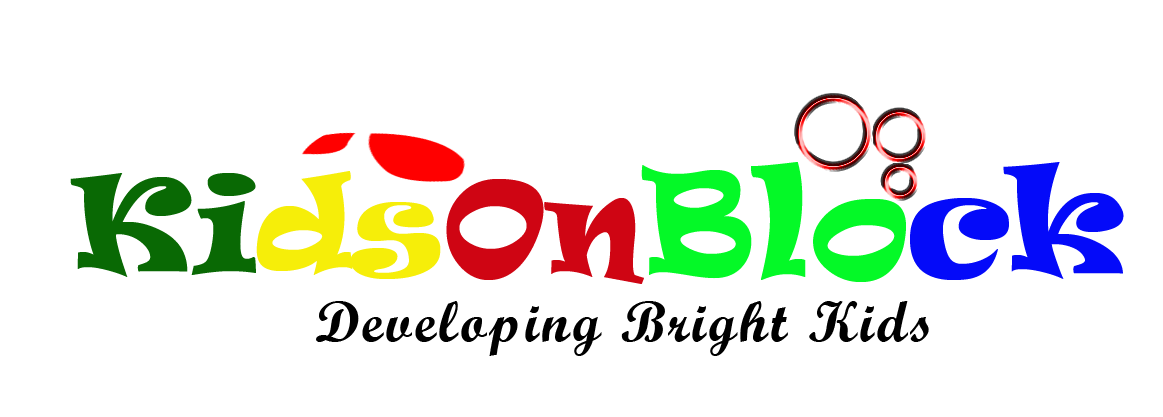What You Need To Know About Play-Doh
Play-doh or play dough is heavily used by young children in their art and craft projects both at home and in school. The compound is made up of flour, mineral oil, boric acid, water, and salt.
Benefits of play-doh to a child
According to child development experts, there are plenty of benefits that come with your children playing with the dough. These benefits include:
Development of fine motor skills: The rolling, squishing, flattening and squashing of the play-doh aids in the development of the children’s muscles. It has also been shown to encourage prewriting and other fine skills such as holding a pencil, cutting with scissors, and using tweezers. [wp_ad_camp_1]
Promotes creativity and imagination: There are plenty of things that your child can do with play-doh. The child can create a car, alien, cupcake, house, and practically anything that he/she can think about. This ability promotes creativity and imagination.
The process is calming and therapeutic: Just as the stress ball, the play-doh is stress relieving. The squashing and rolling of the dough aids in easing tension, improving focus and releasing extra energy. This helps the children to feel relaxed and have a better outlook on life.
Promotes independence: According to child experts, it’s important that children start believing in themselves from an early age. Since the children play with the dough alone and come up with the designs by themselves, they have heightened self-esteem and tend to believe in themselves.
Improve social skills: It’s recommended that you put the kids in groups so that they can play collaboratively. This plays a vital role in helping the kids to develop great social skills which are important in all areas of life.
How To Introduce Your Children To Play-Doh
For your child to enjoy the benefits that come with play-doh you need to introduce him to it. One of the things that you should do is to poke the dough. You should demonstrate it first to him and he will most likely copy you. Another thing that you should do is to pinch the dough. Most babies develop the pincer grasp by the time they are 9-10 months; therefore, they will easily learn this skill.
The final thing that you should do is to hide the dough. You can hide it under or inside containers. You can also use plastic eggs. You should place the dough inside the egg and watch your munchkin as he discovers how to squeeze the egg until it pops open. In addition to the satisfaction of learning how to do it, the opening of the plastic egg also helps the child to develop fine motor strength, hand-eye coordination, and bilateral skills.
Conclusion
Play-doh is of great importance in the development of your children. To make your work easy, you should place the dough on a tablecloth. This way the kids won’t walk around the house with it. The practice also makes your work easier. To ensure that your children have a great experience, buy high-quality dough from a reputable store.



